Tag Archives: beacon
Beacons help pregnant women get seats on Korean trains
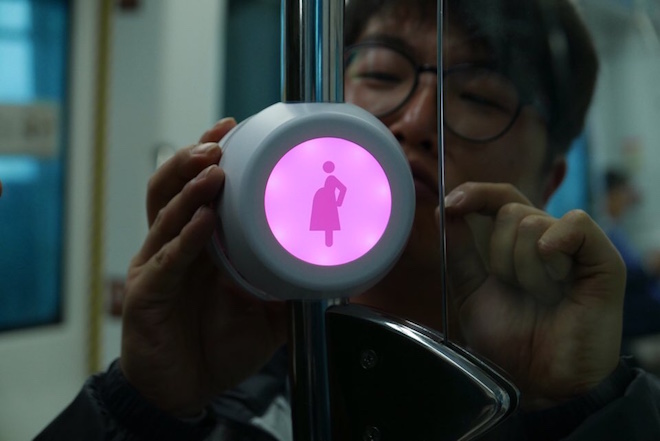 It's a perennial problem; do you give up the seat to the fifty-something year-old that just walked on the train, or will they be offended at the suggestion? Is that person pregnant and in need of respite, or just overweight? Chances are if you're hav...
It's a perennial problem; do you give up the seat to the fifty-something year-old that just walked on the train, or will they be offended at the suggestion? Is that person pregnant and in need of respite, or just overweight? Chances are if you're hav...
Beacons help pregnant women get seats on Korean trains
 It's a perennial problem; do you give up the seat to the fifty-something year-old that just walked on the train, or will they be offended at the suggestion? Is that person pregnant and in need of respite, or just overweight? Chances are if you're hav...
It's a perennial problem; do you give up the seat to the fifty-something year-old that just walked on the train, or will they be offended at the suggestion? Is that person pregnant and in need of respite, or just overweight? Chances are if you're hav...
Construction with caution
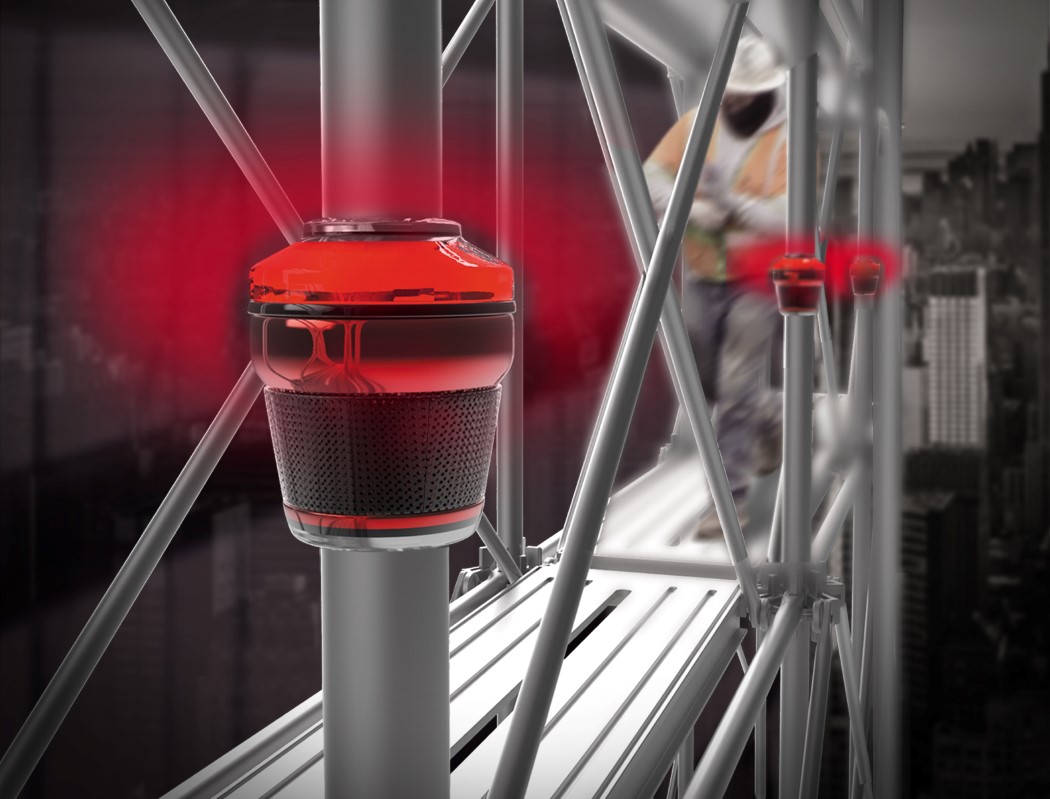
Construction workers are pretty brave. Being able to perform the kind of tasks they perform, especially at those heights. It’s not an art, it’s sheer courage. I’ve shuddered at the thought of standing under scaffolding, I can only imagine what it feels like actually standing on top of it, balancing gingerly a hundred feet from the ground on a frail looking pipe structure. Scaffolding, as it is called, can be quite unpredictable. One weak link, or one gust of wind, and the entire thing can fall apart like dominoes. The Scaffolding Alert beacon is a pressure sensitive device that sits between pipes in a scaffolding structure. What it does is that it provides alerts when any part of the grid starts becoming weak. An alarm is instantly initiated when evacuation must be begun, so that no human life is lost in the eventuality of a mishap.
Designers: Chen Yu-Sheng & Liao Mei-Chih.
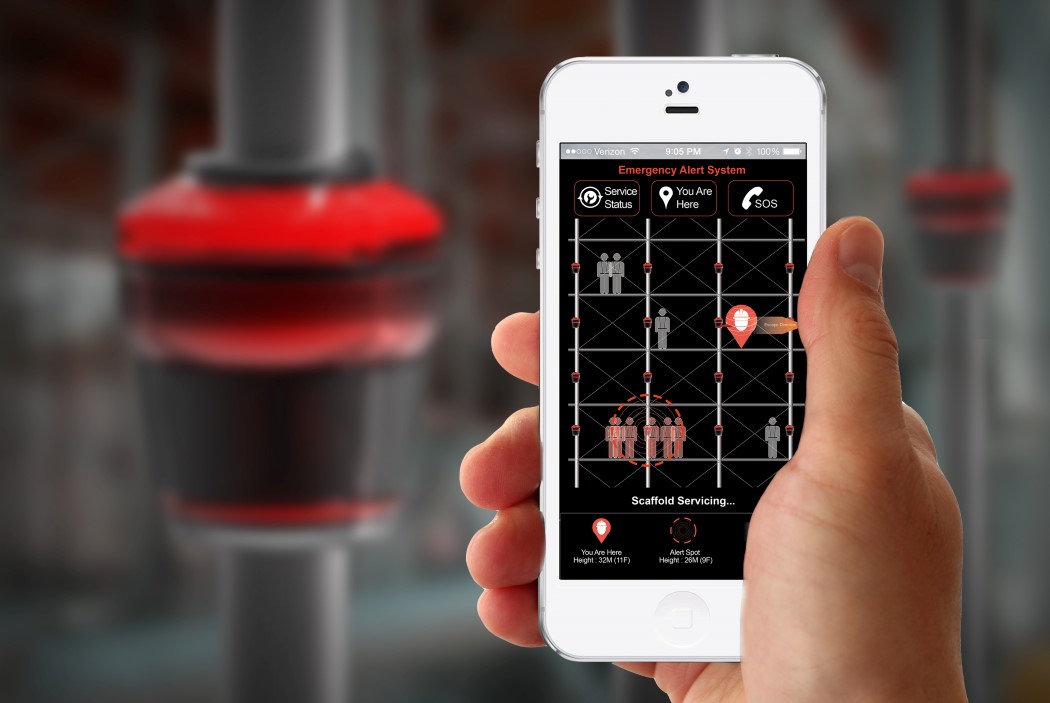
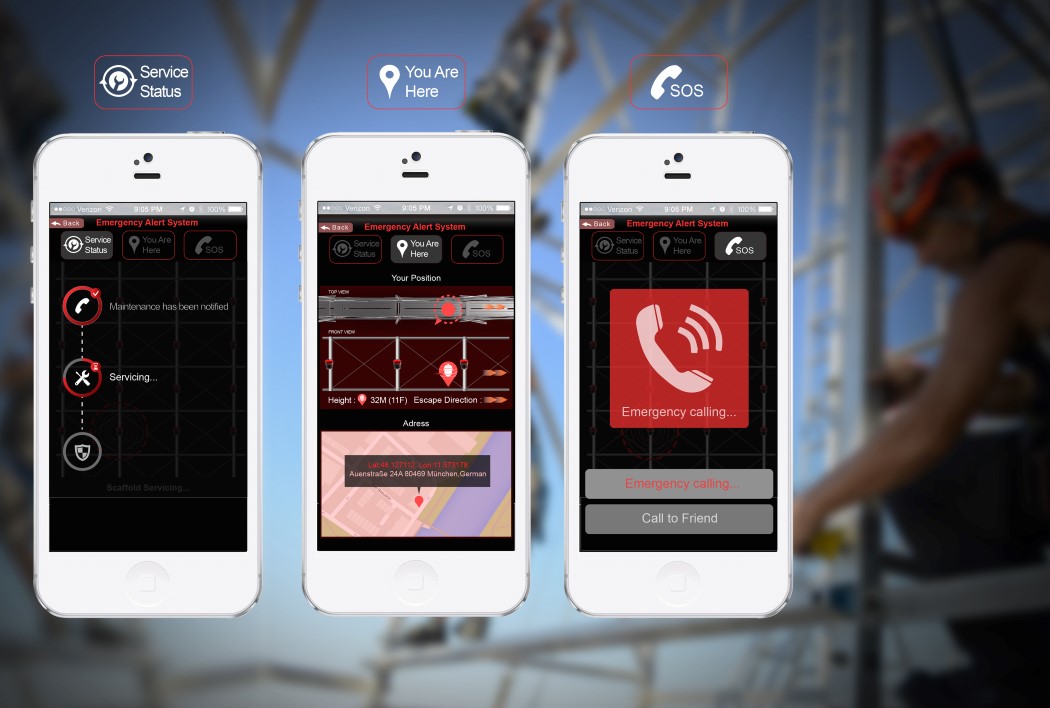
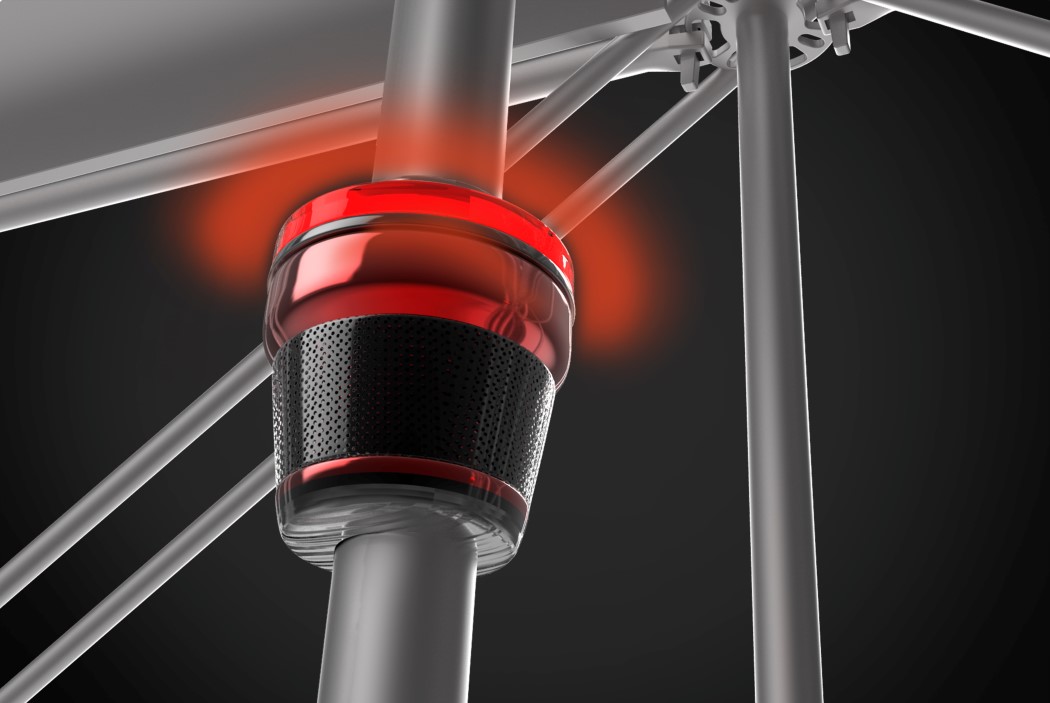
Google Nearby Opens The Door For Indoor Mapping and Automation
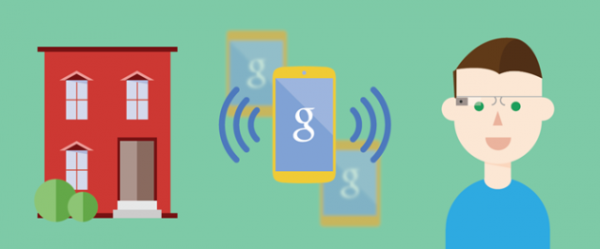
Google may be preparing to launch a new technology to improve indoor mapping, targeted advertising, and home or office automation.
Anyone that remembers life before smartphones might remember the days when navigation was done using signs, landmarks, and paper maps. GPS and mapping features are some of the most popular apps and features provided by modern technology, but the services are largely take for granted.
Mapping technology is incomplete, though. Since GPS relies on signal from satellites, maps (usually) requires line of sight to the sky in order for service to function properly. Google has improved mapping some by using locally mapped WiFi signals to triangulate a rough approximate location as a supplement to improve the accuracy of GPS, but still doesn’t solve for major gap in navigation: it doesn’t work indoors.
Anyone that has ever tried to navigate a shopping mall might be familiar with trying to orient a mall kiosk map in order to find a specific storefront. This is one area that smartphones would be of great use, except GPS doesn’t work indoors, and WiFi isn’t prevalent enough to provide an accurate location.
Apple has previously launched its “iBeacon,” which is a Bluetooth low energy beacon that helps establish way-points. Now Google is rumored to be launching a similar service called “Nearby.”
So far, a lot of the uses for similar Bluetooth devices, such as iBeacon, has been to enable advertisers to target potential customers (go figure). For example, a mannequin in a clothing store could be equipped with a beacon, and when it detects a phone from a nearby customer (if allowed by the customer’s privacy settings) and it could automatically push a notification containing a coupon for whatever item of clothing the mannequin is dressed in.
This type of function is fairly common for many new technologies, as they need to have a way to generate revenue in order to encourage adoption and fund the research and development of additional features.
If Google is entering the market with Nearby, then there could be a boom of these devices being implemented in many new ways. The market for indoor mapping, as specified above, is virtually untouched currently, but there’s also a huge opportunity for implementation in home automation and office automation.
For home automation, it could function hand in hand with products like Nest (another Google product) to determine how many people are in various rooms in order to efficiently provide heating or cooling. It could also be incorporated with smart lighting so that lights turn on and off as you enter or exit a room. Or even more fun, change the mood lighting (brightness, color) based on how many people are in a room and the level of activity.
Outside of the home, offices are finding a massive productivity boost from the use of automation features. Many companies find that there’s a paradox in office communication. Email is becoming less and less productive from overuse, but as a result, conference rooms are also getting overbooked and unavailable.
some companies–such as Solstice Mobile, the leading provider of enterprise innovation and mobility solutions–have created full blown smart-offices, relying heavily on Bluetooth beacons. This creates efficiencies across the board, because power is better conserved by dimming lights and other power draws to inactive areas, but also efficiencies in work productivity. Workers can find where their colleagues are located at any time in order to have a quick face to face meeting, reducing both email and conference room congestion.
There are entire categories of untapped features that could be utilized as services such as Google Nearby become more prevalent, in addition to the augmenting of existing popular services, such as maps and navigation.
Of course some people might not be the biggest fans of many of the effects of this service, due to very valid privacy concerns, but fortunately there are enough applications in the privacy of your own home or office to give any technology fan something to be excited about!
PayPal unveils Beacon: a USB stick that powers hands-free checkout (video)
PayPal's offered its Here service since last year to simplify buying items in brick-and-mortar shops, and today they've just unveiled their latest crack at in-person shopping: a USB stick dubbed Beacon. Business owners running a compatible Point of Sale system (Booker, Erply, Leaf, Leapset, Micros, NCR, PayPal Here, Revel, ShopKeep, TouchBistro and Vend as of now) just plug the dongle into a power source and they'll be ready to offer hands-free payments. By using Bluetooth LE, the hardware detects when a customer wielding the PayPal app walks in, but won't go so far as tracking their location within the establishment. A person's photo will appear on the PoS setup when they mosey inside, and they'll only have to give a verbal confirmation for payments to go through.
Naturally, waltzing into a store that can charge you so easily raises some concerns, but the outfit's application will allow for levels of trust. Users will have control over what retail locations can register their presence, if they want to be prompted with on-screen alerts to confirm payments and which businesses can charge them automatically. The setup will be put through its paces in Q4, and is expected to roll it out early next year, but 100 lucky developers will get the dongle and accompanying API early. PayPal hopes Beacon and its API will lead to new checkout experiences, such as having your usual meal ordered as soon as you walk in. If you're a dev or shop owner yearning to give the contraption a shot, click the link below for more.
Via: PayPal Forward
Source: PayPal
Spot Gen3 outdoor beacon adds more robust tracking options, improved battery life
 It looks nearly the same as it did in 2007, but Spot's outdoor beacon has evolved quite nicely on the inside. Now in its third incarnation, the Spot Gen3 is designed to help wandering argonauts keep their loved ones informed of their location for an even longer period of time. Engineered to be worn by those intentionally heading off of the conventional grid, the Spot Gen3 adds unlimited tracking (enabling wearers to pre-set the device to send tracks every 5, 10, 30 or 60 minutes), motion activated tracking and longer battery life. According to the company, this guy will last nearly twice as long as prior versions, and you can also power it via battery or USB. The downside, of course, is that you'll need to pay $149.95 for the unit itself, along with a required annual subscription plan that starts at $149.99 per year. No one ever said adventuring was a poor man's sport, eh?
It looks nearly the same as it did in 2007, but Spot's outdoor beacon has evolved quite nicely on the inside. Now in its third incarnation, the Spot Gen3 is designed to help wandering argonauts keep their loved ones informed of their location for an even longer period of time. Engineered to be worn by those intentionally heading off of the conventional grid, the Spot Gen3 adds unlimited tracking (enabling wearers to pre-set the device to send tracks every 5, 10, 30 or 60 minutes), motion activated tracking and longer battery life. According to the company, this guy will last nearly twice as long as prior versions, and you can also power it via battery or USB. The downside, of course, is that you'll need to pay $149.95 for the unit itself, along with a required annual subscription plan that starts at $149.99 per year. No one ever said adventuring was a poor man's sport, eh?
Filed under: GPS
Source: Spot
The Daily Roundup for 07.23.2013
You might say the day is never really done in consumer technology news. Your workday, however, hopefully draws to a close at some point. This is the Daily Roundup on Engadget, a quick peek back at the top headlines for the past 24 hours -- all handpicked by the editors here at the site. Click on through the break, and enjoy.
Insert Coin: Beacon Audio Blazar Bluetooth speaker brings back Play 360 memories (hands-on)
In Insert Coin, we look at an exciting new tech project that requires funding before it can hit production. If you'd like to pitch a project, please send us a tip with "Insert Coin" as the subject line.
We called Beacon Audio's Phoenix "our new favorite portable speaker" just over a year ago. Today, the company's taking to Kickstarter to fund the production of its followup: the Blazar. The speaker features a grown-up design wrapped in aluminum (the Phoenix was plastic), with a softball-sized, cube-esque design. The slightly bulky shape allows for 12 hours of battery life, aside from promising big and clean multi-directional sound thanks to two 50mm drivers and a 65mm bass radiator. Beacon's also loaded the speaker with a microphone, NFC and a dual pairing mode for completely wire-free stereo sound between two units -- like Nokia's Play 360.
On top you'll find rubber playback controls, while one side of the unit houses a microUSB input, 3.5mm input and output jacks, power switch and a pairing / mode button. Early-bird pledges of $99 dollars will be available for the first 198 units (split between silver and graphite), followed by an additional 600 priced at $124. Beacon's counting on its artist collaboration editions, however, offering three more colors (500 pieces each) at $134 with Neon Trees, AWOLNATION and Halestorm. If you're up for the risk, Beacon plans to ship all orders by December 1st. Join us past the break for some impressions with pre-release units.
Filed under: Portable Audio/Video
Source: Beacon Audio, Kickstarter
Beacon Audio Phoenix review: our new favorite portable speaker
We'll admit it: we're jaded. There is so much bad, middling and just okay stuff floating around in the portable speaker universe that we're tired of even thinking about it. We've had our distinct favorite -- the Tivoli iPal -- for almost 10 years now, and it takes a lot to knock it off its unglamorous, but distinctive, pedestal. And we predict that it will continue to stay there. But newcomer Beacon has a hot little number in a soft-touch red dress that we're willing to put right next to it on a slightly more diminutive pedestal. The $99, baseball-sized, Bluetooth-packing Phoenix has gotten under our collective skins, and we'd like to tell you why.
Continue reading Beacon Audio Phoenix review: our new favorite portable speaker
Filed under: Misc. Gadgets, Household, Wireless
Beacon Audio Phoenix review: our new favorite portable speaker originally appeared on Engadget on Sat, 14 Jul 2012 15:00:00 EDT. Please see our terms for use of feeds.
Permalink | Beacon Audio | Email this | Comments
Beacon Audio | Email this | Comments 











